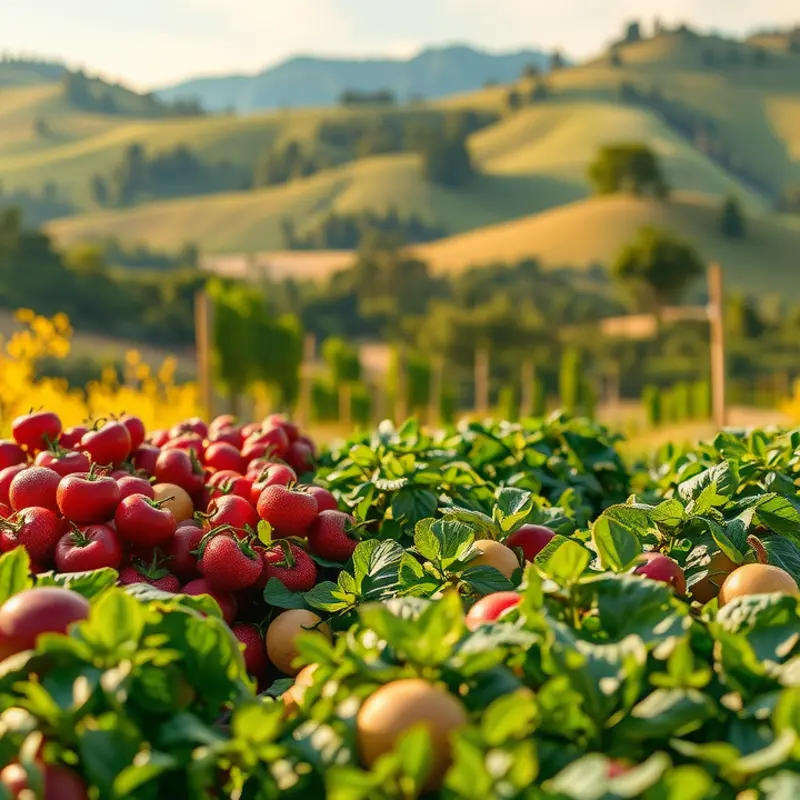For many home cooks and dietary-conscious individuals, oats are a familiar staple, especially as a quick breakfast option. However, gluten intolerance or sensitivity necessitates the search for gluten-free alternatives. Luckily, a variety of nutritious ingredients can serve as excellent substitutes, providing both texture and flavor. Whether you’re looking to create a hearty breakfast or a scrumptious dessert, this guide will help you easily navigate your pantry for gluten-free options that ensure your dishes remain delicious and satisfying.
Nutty and Wholesome: Almond Meal and Flour

Almond flour and almond meal are versatile and nutritious substitutes for oats. They are made by grinding almonds into a fine, grain-like consistency. The main difference between almond flour and meal is the skin on the almonds. Almond flour uses blanched almonds without the skin, resulting in a finer texture. In contrast, almond meal includes the skins, yielding a coarser texture.
Almond products make a fantastic alternative in both savory and sweet dishes due to their subtle nutty flavor. They add moisture, richness, and an excellent crumb to baked goods. Replacing oats with almond flour in recipes allows you to enjoy the taste and nutritional benefits almonds offer.
Incorporating almond flour into your morning routine is simple and rewarding. You can make fluffy pancakes by combining almond flour with eggs, a dash of baking powder, and a hint of vanilla. For an extra health boost, consider adding chia seeds for fiber. Spread nut butter or a drizzle of honey on top for a perfect gluten-free breakfast.
For a quick snack, whip up almond flour muffins or energy bites. Almond flour-based muffins are moist and tender, perfect for customizing with berries or nuts. Energy bites, on the other hand, require no baking and blend almond flour with dates, cocoa, and coconut shreds. These bites are perfect for keeping you energized throughout the day.
Almond flour isn’t limited to sweet dishes. Use it as a breading for chicken or fish, providing a crispy and flavorful crust. Alternatively, mix it with herbs and spices to coat vegetables before roasting, enhancing their natural flavors.
Nutritionally, almond flour is rich in healthy fats and a good source of vitamin E and magnesium. It’s low in carbohydrates and naturally gluten-free, making it suitable for a variety of dietary needs. Almond flour also contains a higher protein content than oats, which can help keep you satiated longer.
To store almond flour, keep it in an airtight container in a cool, dark place. Proper storage maximizes freshness and flavor. For additional tips on kitchen storage strategies, you might find eco-smart kitchen storage useful.
As you explore gluten-free alternatives, experimenting with almond flour can open up a palette of flavors and textures. Whether you’re baking bread, preparing breakfast, or creating snacks, almond flour offers a wholesome and nutritious choice. With its adaptability and nutritional profile, it stands out as a beneficial addition to your gluten-free cooking repertoire.
Seeds of Change: Chia and Flaxseed

Chia and flaxseeds are powerhouse alternatives to oats, offering more than just a gluten-free solution. When incorporated into your recipes, these seeds elevate both the taste and nutritional value of meals. Packed with omega-3 fatty acids, these seeds cater particularly well to individuals aiming to boost their heart health. Not only do they provide healthy fats, but they are also an excellent source of dietary fiber, supporting digestive health.
Chia seeds, when soaked in liquid, form a gel-like consistency, making them the perfect base for creamy puddings. To make chia pudding, combine 2 tablespoons of chia seeds with half a cup of your preferred milk or milk alternative. Let the mixture sit in the fridge overnight, and by morning, you have a delicious breakfast option. Top with fruits, nuts, or a dash of cinnamon for added flavor.
Incorporate flaxseeds into your morning routine with flaxseed “oatmeal.” Simply mill flaxseeds into a fine powder and mix them with hot water or warm plant-based milk. This creates a porridge-like consistency that can be flavored with vanilla extract or sweetened with honey. The nuttiness of flaxseed gives a hearty, satisfying start to the day. Adjust the thickness by varying the liquid quantity, and enjoy with your favorite toppings.
Beyond breakfast, chia seeds can be sprinkled on salads for extra texture or used to thicken soups without the need for traditional flour. In baking, chia gel can substitute for eggs, offering a binding property that’s excellent in gluten-free breads and muffins.
On the other hand, flaxseed boasts versatility, enhancing both savory and sweet dishes. It’s a perfect addition to gluten-free baking recipes, bringing a nutty taste and dense texture. Additionally, flaxseed serves wonderfully as a breadcrumb replacement for coating meat or vegetables.
Both chia and flaxseeds offer a rich nutritional profile, transforming meals into nutrient-dense experiences. For those intrigued by minimal prep ideas, explore this collection of dinner solutions that ensure your gluten-free diet is varied and exciting.
Their adaptability doesn’t end here. Chia and flaxseeds can also be ground into flours to create fabulous gluten-free pancake mixes or added to smoothies for a nutrient boost. Incorporating these seeds into your diet not only provides essential nutrients but also unlocks culinary potential. Discover the simple art of cooking with these tiny, mighty seeds and enjoy how they naturally enhance your dishes.
Final words
Finding gluten-free alternatives to oats doesn’t mean compromising on flavor or nutrition. Whether you opt for almond meal, chia seeds, or flaxseeds, these substitutes can easily integrate into your favorite recipes. Each offers unique textures and flavor profiles, making your meals both satisfying and wholesome. Experiment with combining different alternatives for creative dishes that cater to your dietary needs while delighting your palate. With these tips, you can maintain a flexible cooking routine that embraces healthful choices without sacrificing enjoyment.







